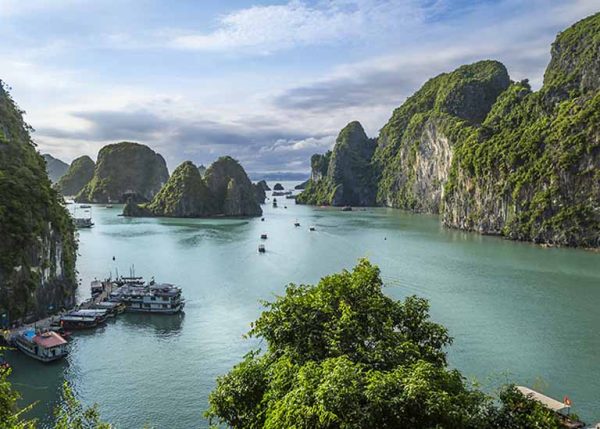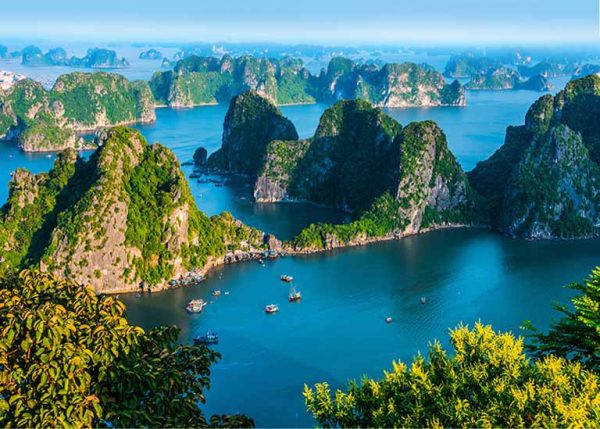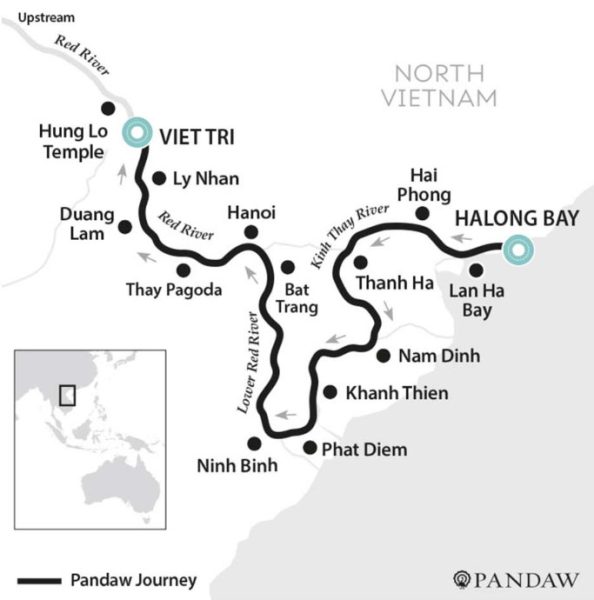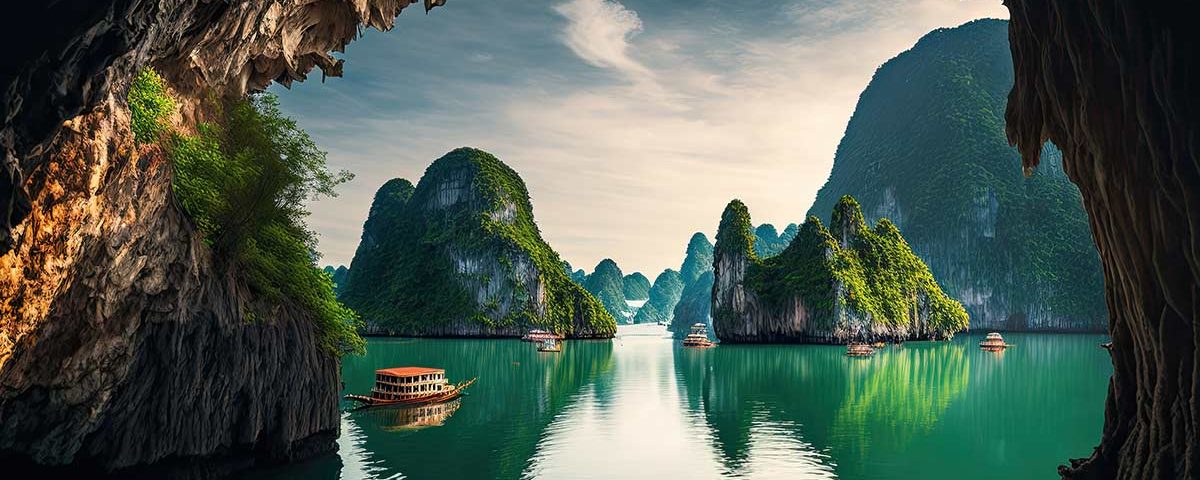SINGAPORE, 2 July 2024: Ha Long Bay, in northeastern Vietnam, is a UNESCO World Heritage Site renowned for its stunning natural beauty and unique geological features.
The bay covers an area of about 1,553 square kilometres and is known for its thousands of limestone karsts and islets, which rise dramatically from the emerald waters of the Gulf of Tonkin.
The geological history of Ha Long Bay dates back over 500 million years, dating back to when the region was submerged under the sea. The bay’s landscape began to take shape during the Ordovician and Silurian periods, as the earth’s crust underwent tectonic movements, forming limestone formations. Over time, the combination of erosion, weathering, and the dissolution of the limestone by acidic rainwater contributed to the creation of the spectacular karst topography seen today.
Ha Long Bay has a rich cultural history, with evidence of ancient human habitation dating back to prehistoric times. Archaeological findings suggest that early communities lived in the area during the Ha Long culture (around 18,000 – 7000 BCE). The bay has been a crucial maritime route throughout Vietnam’s history, playing a significant role in trade and defence.

Legend reveals the Descending Dragon
Legend and folklore also influence the history of Ha Long Bay. According to local legend, the bay was formed when dragons descended from the heavens. The name “Ha Long” itself translates to “Descending Dragon.”
To truly understand Ha Long’s significance, one must delve into the legend passed down through generations. According to Vietnamese folklore, the bay owes its creation to dragons sent by the heavens to defend the country against invaders. When the country of Vietnam was formed, it had to fight off invaders attempting to enter the country through the sea. That’s when the Jade Emperor prayed to the Gods to send the Mother Dragon and her children to help the people of Vietnam.
As the dragons soared through the skies, they spat out jewels and jade to defeat the invaders. Legend says that these were actually the dragons’ teeth. The dragons used their magic to create rock mountains in the sea, causing the invaders’ ships to crash. The jewels and jade spat out by the dragons transformed into the numerous karst limestone islets that now dot the emerald waters of Ha Long Bay.


After winning the battle, the dragons made Ha Long Bay their home. The place where the mother dragon descended was named Ha Long, which translates to “Descending Dragon.” The spot where the dragon’s children cared for their mother became Bai Tu Long Island. The area where the dragon’s children playfully swirled their tails was called Bach Long Vi island, which is now the Tra Co peninsula in Mong Cai.
This mythical tale adds a touch of magic to the landscape and reflects the cultural importance of dragons in Vietnamese history.
Pandaw’s latest blog delves into the mysteries of Vietnamese folklore to discover why Halong Bay is frequently listed among the world’s top must-see destinations.
For the full version of the blog.
Embark on an exclusive journey to Halong Bay with Pandaw’s specially crafted small vessels that explore the furthest reaches of the bay, taking in its stunning scenery, before embarking on a unique adventure through the Red River delta system to Hanoi and beyond.
HALONG BAY AND RED RIVER
10 NIGHTS FROM USD3,384
Save up to 10% and No Single Supplement on selected dates.
New dates are now available for the 10-night Red River and Halong Bay expedition. Check out Pandaw’s website for more details on the itineraries and booking dates.
To book a trip visit pandaw.com or contact the sales team by email at [email protected].








